





These are moments in life that generally cause nervousness and anxiety:
-First dates
-First time driving on the highway
-Skydiving
-Public speaking
-Snakes
-Spiders
-Transporting drugs on a commercial airliner
-DRIVING AN IRREPLACEABLE ANTIQUE CAR
I’ve only driven a handful of classics, one being Gary’s 1964 Impala and the other being Greg’s 1931 Ford Model A, an immaculately restored depression-era antique. Just under five million were made and parts are plentiful, but once you destroy one, you don’t just damage a vehicle, you damage an important piece of history, thus my nervousness as I climbed behind the wheel.
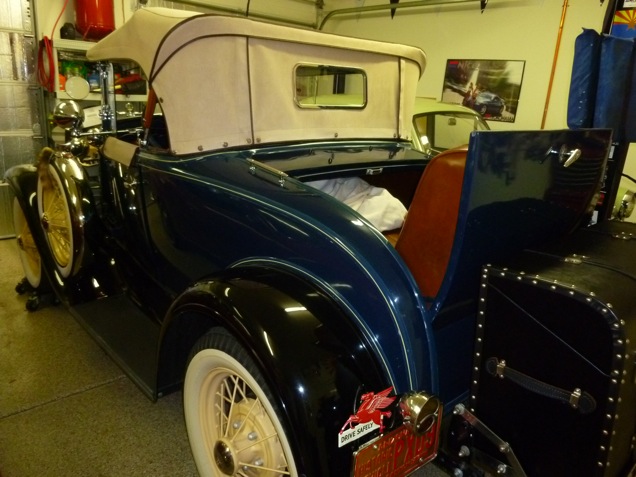
After reading about how complicated the controls were on the Model A’s predecessor, the Model T, I made sure to have Greg explain every single knob, pedal, and lever at least twice, just in case.
Below are the controls for the Model T, which was produced prior to the second-generation Model A:
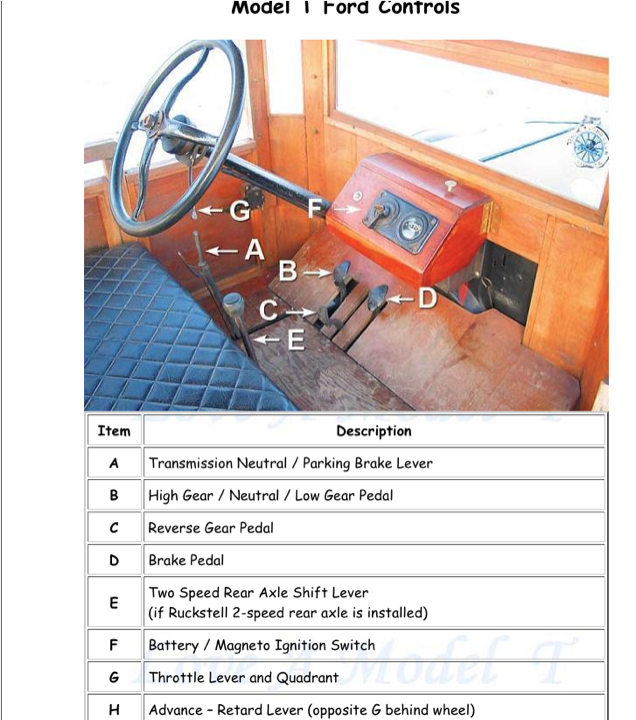
http://www.barefootsworld.net/ford-t-specs.html
The Model A, thankfully, utilized standard controls similar to what’s found on modern automobiles. The clutch was on the far left with the brake in the middle and the accelerator was on the right. The parking brake was a familiar floor-mounted lever and all of the other switches, gauges, knobs, and dials were pretty standard. The manual three-speed shifter followed a predictable pattern:
1 | 3
—|—
2 | R
There was only one unusual function: a button on floor, to the upper-left of the throttle pedal, activated the electric starter (a slot in the front of the car supports a hand crank if needed).
Thankfully, Greg warmed it up for me, set the choke and timing, and backed it out of the garage. All I had to do was start it up and take off.
There aren’t that many people my age (30) who have the opportunity to drive something so historic. Most of us are obsessed with the classic cars of our own childhoods like the Acura NSX, Nissan/Datsun Z cars, BMW E30s, and in my case the Saab 900. We don’t often have the time, financial resources, or understanding for Roosevelt-era cars.
After seeing so many of these in museums, I was eager to experience one for myself.

I inserted the key, pressed the ignition, and the 40hp 3.3L I-4 started up immediately, idling with surprising smoothness. I very wrongly expected it to sputter, shake, and cough like an old tractor. While 40hp doesn’t sound like much, 128 foot-pounds of torque are available at 1000rpm, more than what I had in my first car, a 90hp 1988 Nissan Sentra. You can read more detailed specifications here.
It took me a moment to wrangle the heavy, bus-like steering wheel — power steering wasn’t an option back then. Thankfully, the Model A weighed under 2300lbs and had skinny tires.
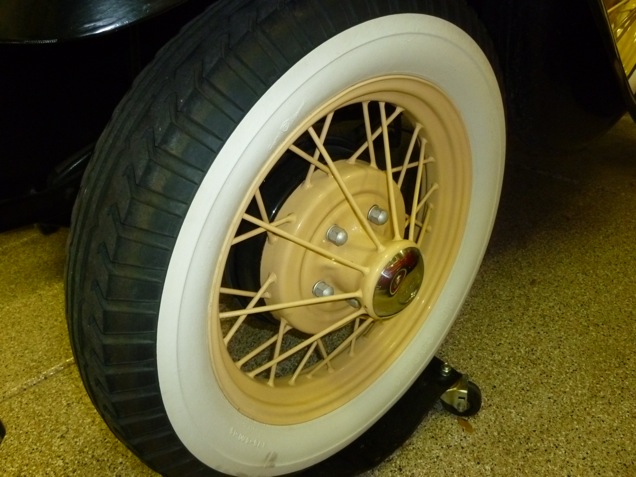
The shifter reminded me of the 4-speed manual on my Dad’s 1983 Toyota pickup. Throws are long and action is light and easy. Due to a lack of synchros, you have to rev match to change gears without grinding, but I got the hang of it within the first couple shifts.
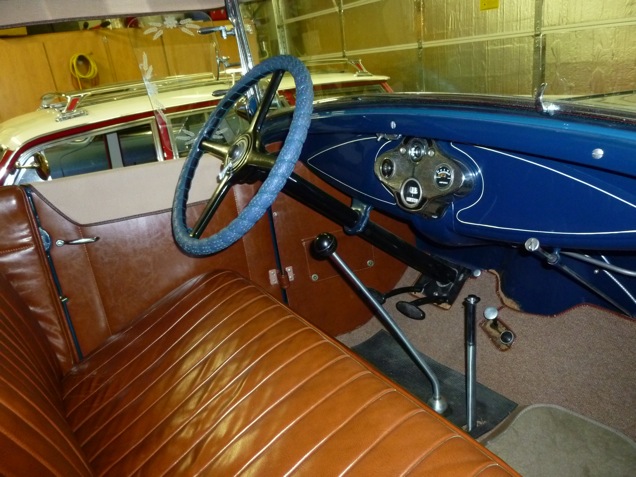
Dashboard: That compass-looking dial in the center is a sliding speedo. Generator voltage is on the right, fuel level is on the top, key slot is on the left.
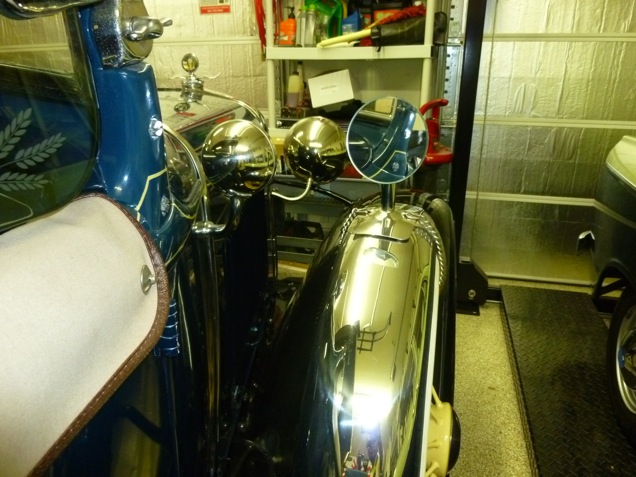
This car was well-optioned for 1931 with two spare wheels and a pair of side mirrors mounted on top.
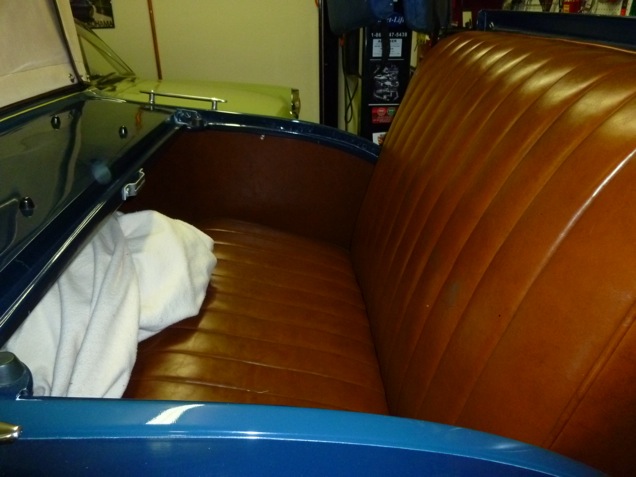
Bumpers and flip-up rumble seats were an option too, with several body styles to choose from including hard-roof four-door sedans, sport coupes, and pickup trucks.
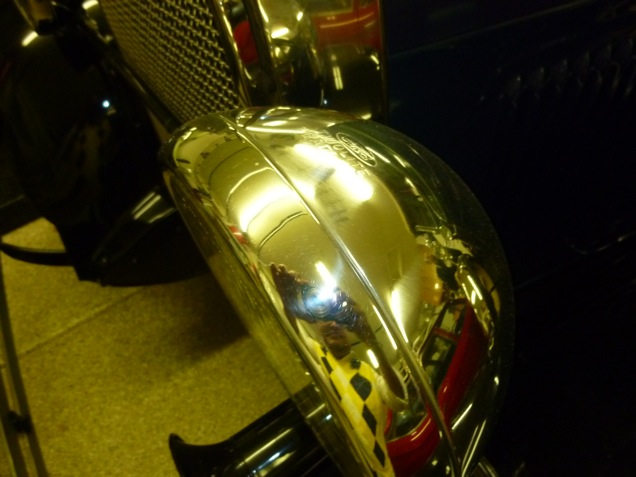
Headlight housings are made of stainless steel.

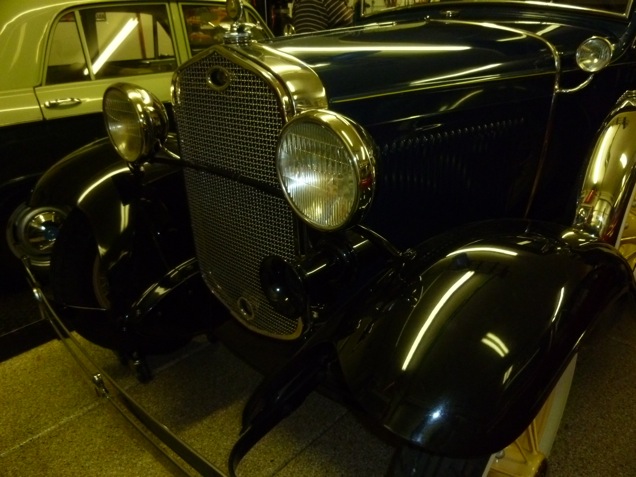
Ride quality wasn’t too shabby thanks to standard hydraulic shocks. Cruising around the neighborhood at 30mph felt easy and natural, like being behind the wheel of an older pickup truck. Once you got moving, the manual steering was perfectly manageable. Top speed is around 45mph, about as much as I’d be comfortable with on 4.75″ wide tires, about half the width of a modern tire.
I can actually see this being driven daily, even today, running errands around town. There’s enough torque to get moving in a reasonable amount of time and keep up with in-town traffic. At 45mph, there’s just enough speed to cruise a local parkway.
For most Americans who owned cars at the time, this was the “standard” vehicle, like a well-optioned Ford Focus. And like today’s midsize cars, the Model A enjoys 25-30mpg, a perfectly respectable fuel consumption rate even for 2011. Gasoline was only 10 cents per gallon in 1931, the equivalent of $1.50 per gallon today.
Its amazing to think of the challenge and fatigue involved in taking one of these across the country, especially before the development of modern interstates. Due to America’s underdeveloped infrastructure, cars of this era stood high off the ground, expected to cross streams and dig through mud and snow. If the road didn’t get you there, the car certainly would.
Thousands of these Model As carried families along Route 66 to California, escaping the agriculturally-destructive dust bowl depicted in Steinbeck’s novel, “The Grapes of Wrath.” The Model A was also shown, alongside the Model T, in the 1940 film adaptation of the book, though the primary vehicle in the film was a 1926 Hudson Super Six Sedan.

This arrow points to a Ford Model A seen in “The Grapes of Wrath”
A cross-country trip was maintenance-intensive, requiring several quarts of oil, several gallons of water for climbing high elevations, and constant lubrication of the chassis and suspension joints. These were dead-simple machines, but a bit of human effort and attention was required to keep them running.
An owners guide published in 1931 says that oil will be consumed at a rate of one quart per 100 miles, and frequent oil level checking is suggested. For today’s Model A owners, there’s a great deal of discussion over which oils to use, with warnings about zinc levels in some of today’s “API grade SM” oils.
I circled Greg’s sprawling neighborhood and returned with an enormous grin, having experienced a genuine piece of American (and global — these were built in eight countries) history. The four-wheel drum brakes took a little bit of effort, but the car came to a steady, predictable stop.
With the amount of restoration work done to this car (over $100k), it wasn’t just old and interesting, it was thoroughly enjoyable. Now I can check “Antique Motoring” off my bucket list.
Thank you, Greg and Becky, for your hospitality and for allowing me to drive this incredible piece of history.
Below are additional photos and a video:
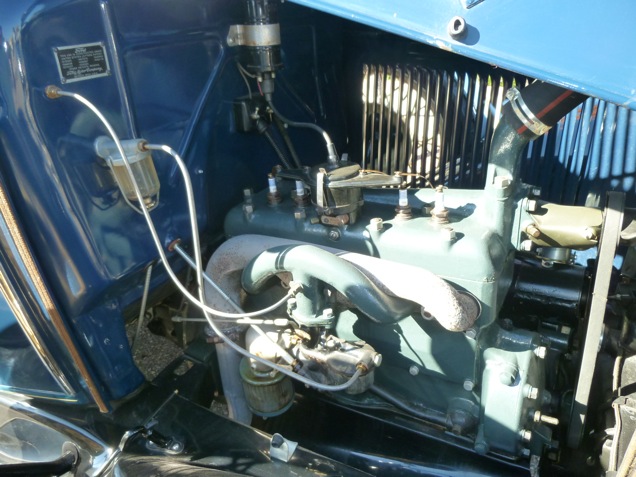

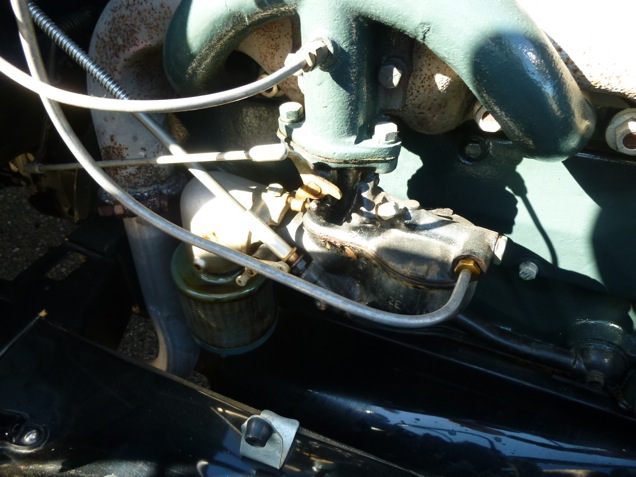
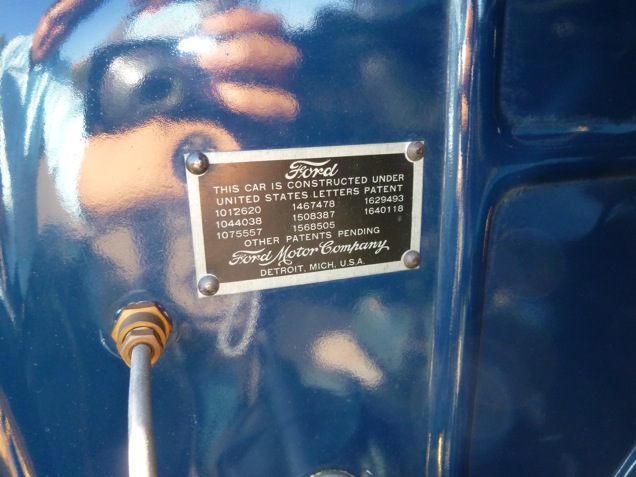

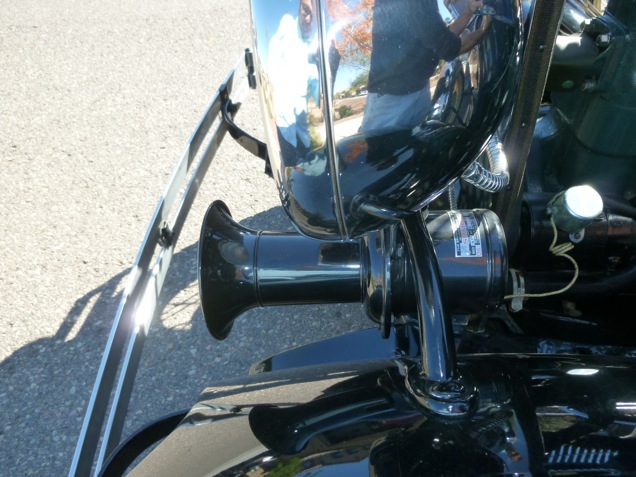
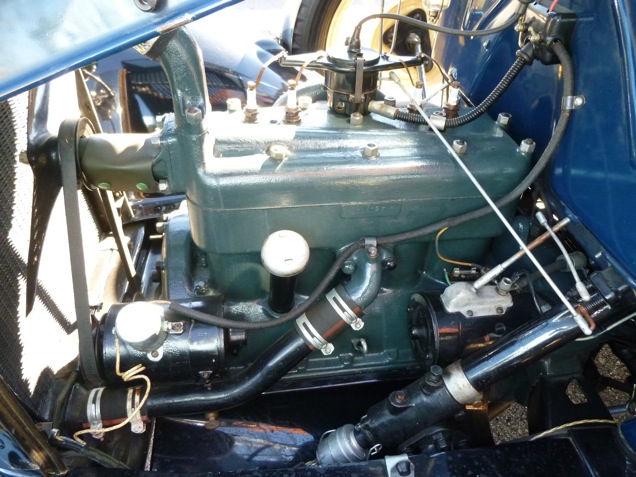

A real “trunk”!
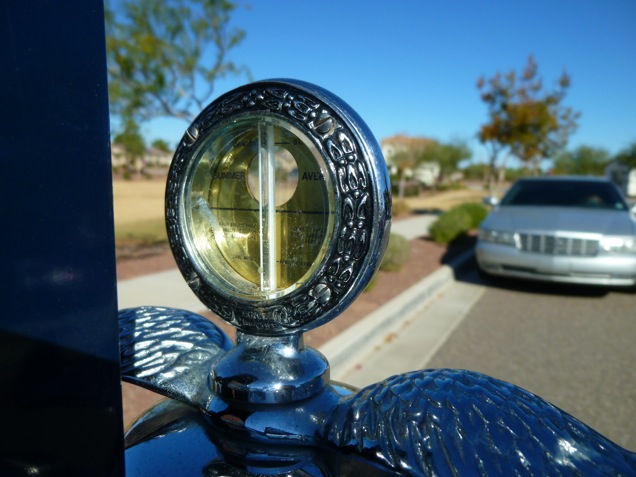
Temp gauge directly attached to the radiator.
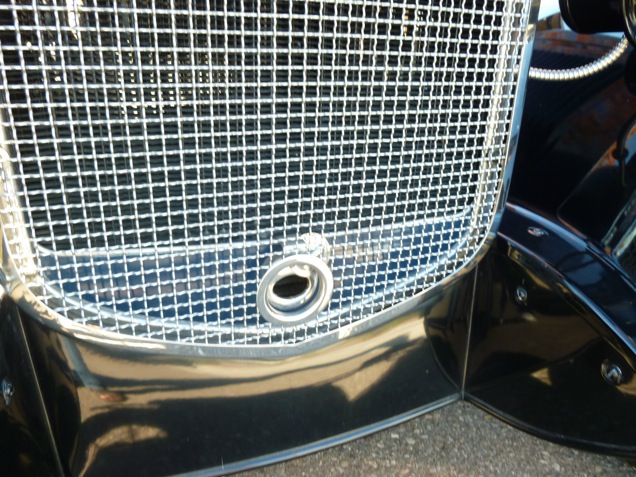
Hole for hand cranking.
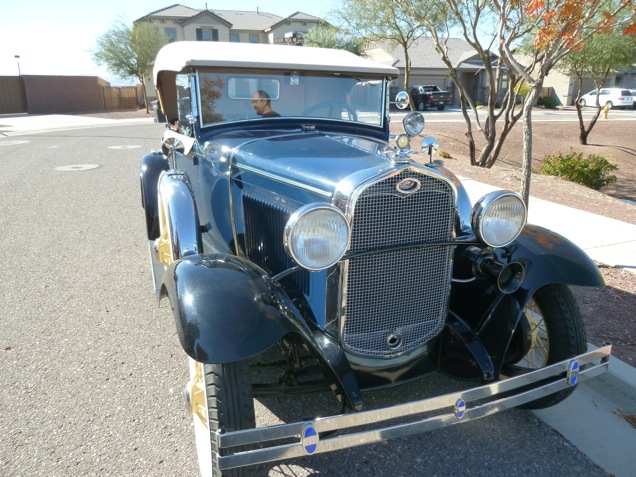
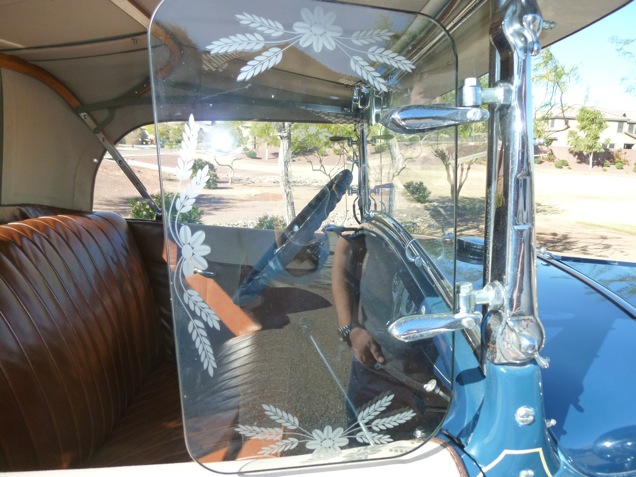
Stunning attention to detail.
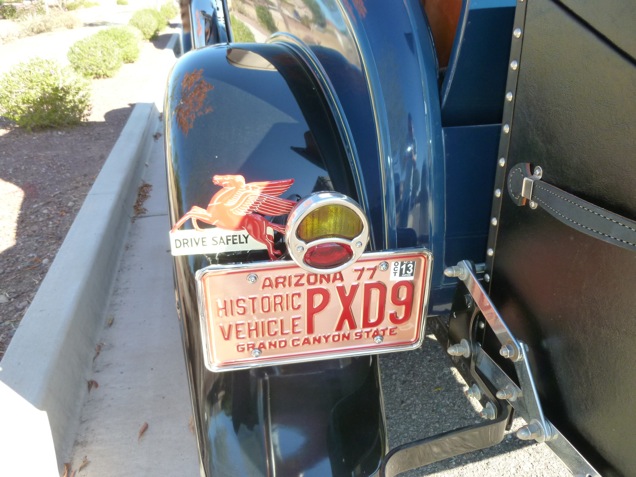
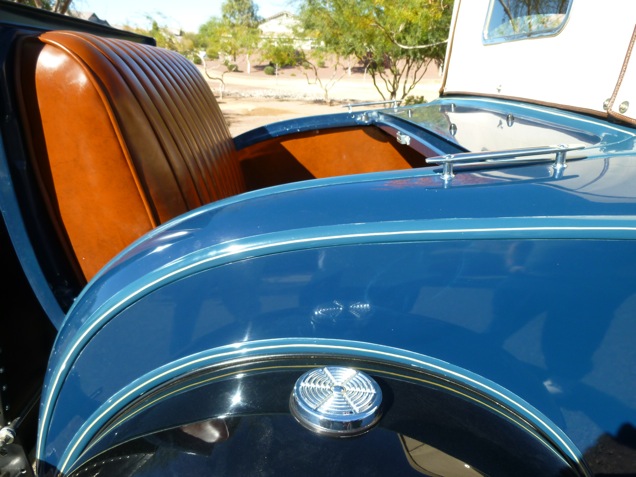
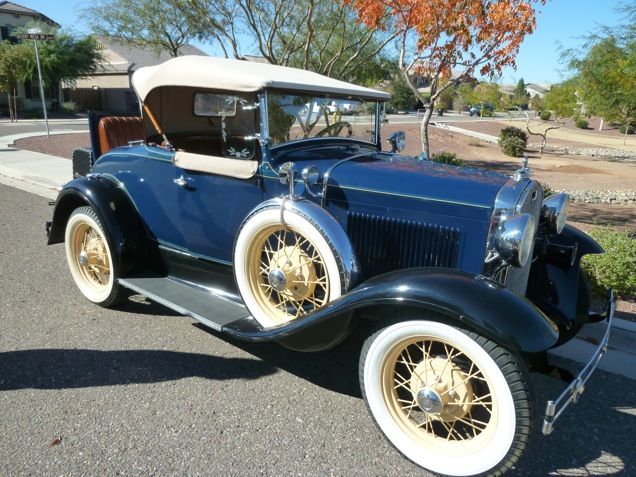
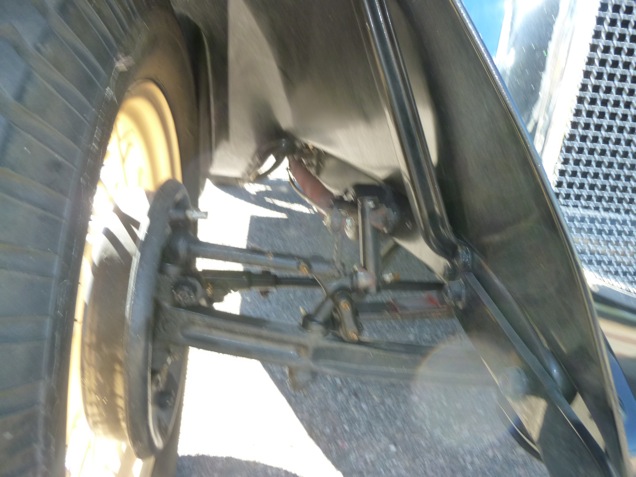
Video:
Driving a 1931 Ford Model A from Jesda Gulati on Vimeo.
Ford Model A Specifications: http://macsautoparts.com/ford-model-a-specifications-page/a/215/
The backstory behind this car and additional photos: http://forums.nicoclub.com/so-there-s-this-ford-in-our-garage-t545805.html
Wow! The former owner of the local barber shop here in Otsego has a dark green one that he frequently drives into town in the summer. I think it’s awesome that it’s still such a useable piece of history. Excellent review, as always.